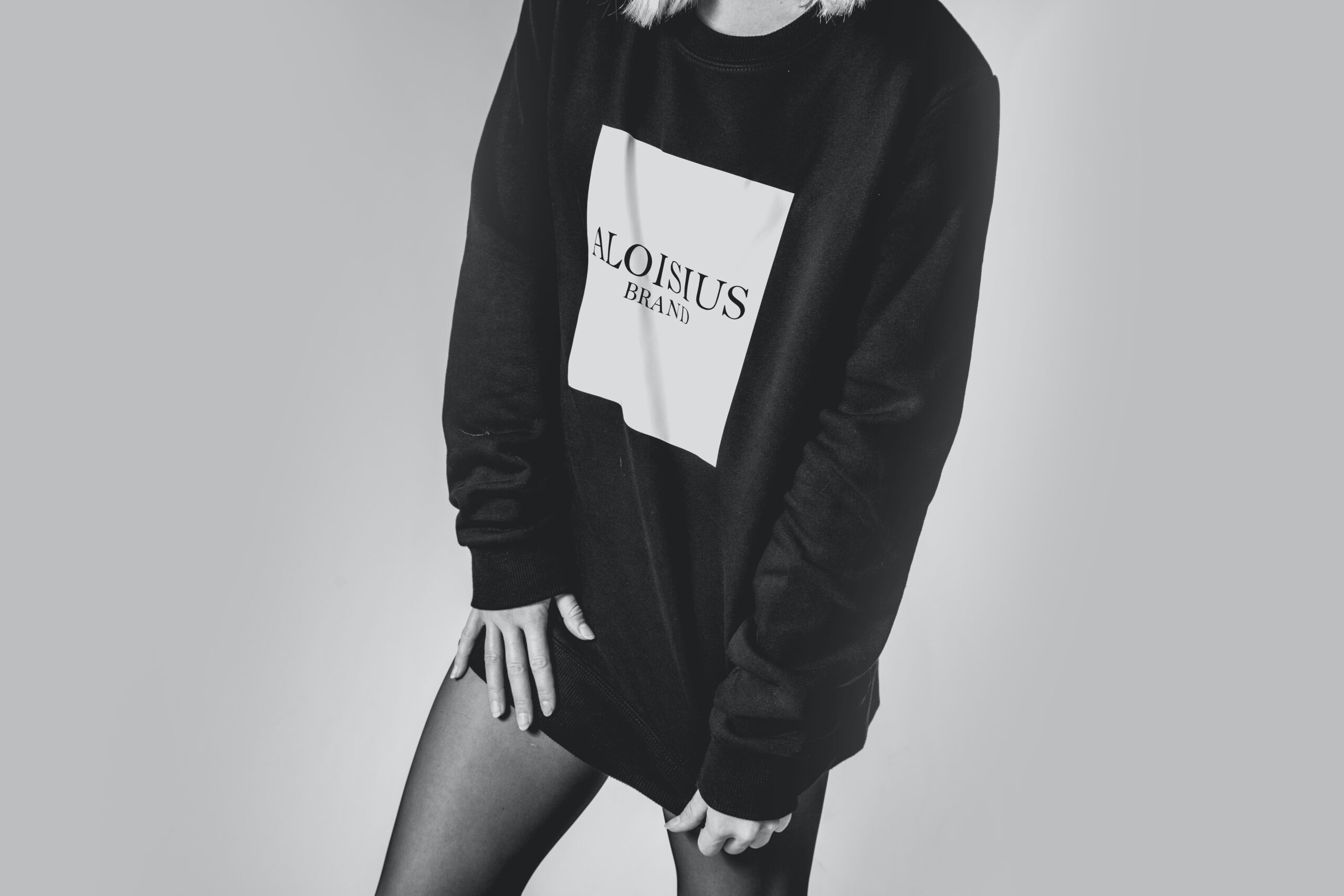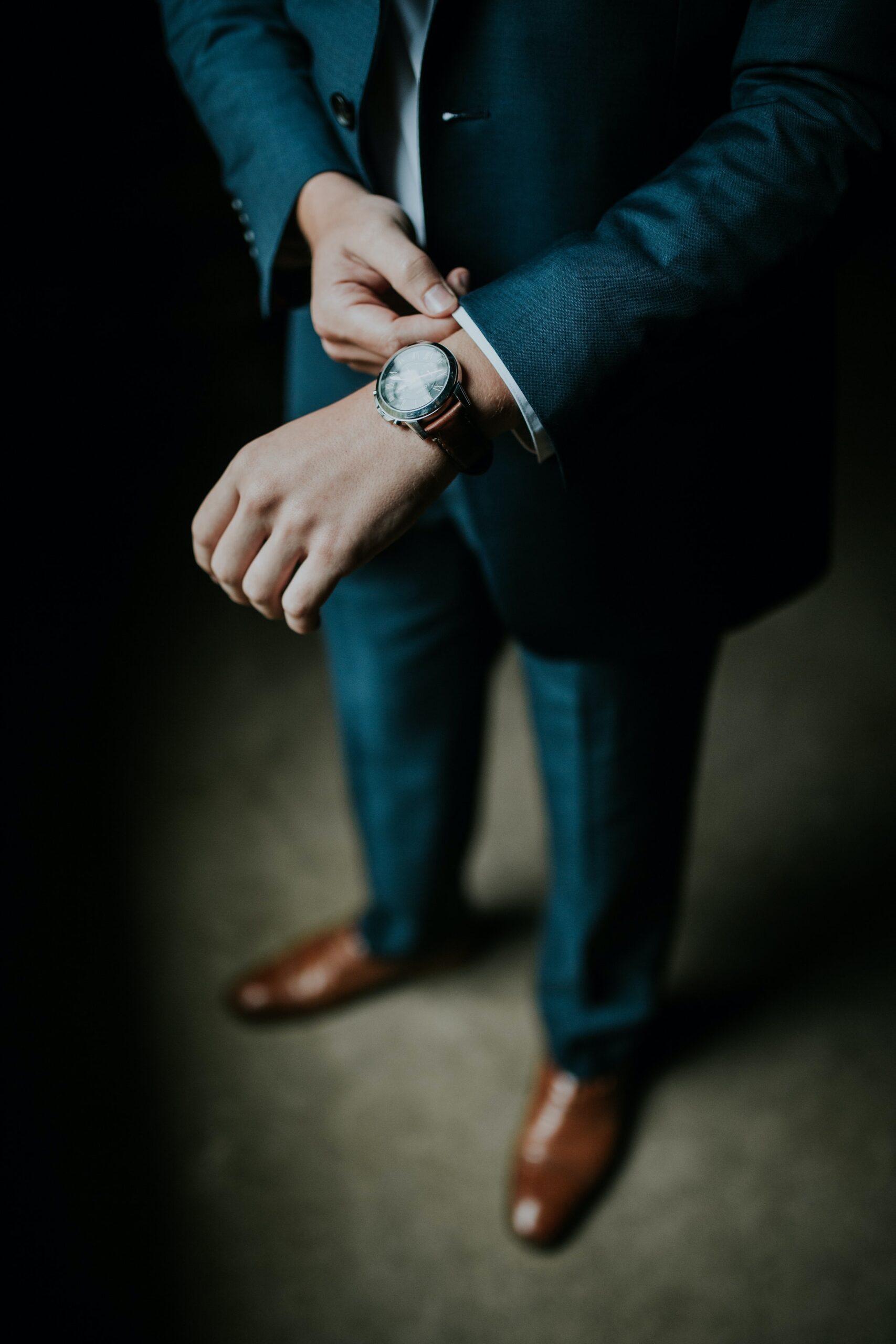Have you ever wondered if there is a distinction between military camouflage and fashion camouflage? While they may seem similar at first glance, these two types of camouflage actually serve different purposes. Military camouflage is designed to help soldiers blend into their surroundings and stay hidden from the enemy, while fashion camouflage is more about making a bold statement and adding a trendy twist to your wardrobe. So, let’s delve into the contrasting worlds of military and fashion camouflage and discover what sets them apart.

Understanding the Concept of Camouflage
Origins and history of camouflage
Camouflage, as a concept, can be traced back to ancient times when hunters used to disguise themselves to blend in with their surroundings while stalking prey. However, it wasn’t until the late 19th century that camouflage became a significant part of military strategies. During World War I, armies started using various patterns and colors on their uniforms and equipment to make them less visible to the enemy. The term “camouflage” was coined during this period, and it quickly became a vital tool for military operations.
The science behind camouflage
The effectiveness of camouflage lies in the principles of perception and visual disruption. By using patterns and color combinations that mimic the environment, camouflage makes it difficult for the observer to detect the presence of an object or individual. In nature, animals like chameleons and octopuses use camouflage to protect themselves from predators or to ambush prey. Similarly, the science behind military camouflage is rooted in creating visual distortion and confusion on the battlefield.
Present day use of camouflage
In modern times, camouflage is extensively used by militaries across the globe. Its purpose remains to provide protection and concealment to troops and equipment, as well as to aid in identification and signaling. From uniforms and helmets to vehicles and aircraft, camouflage plays a crucial role in military operations. However, in recent years, camouflage has transcended its utilitarian nature and made its way into the realm of fashion as well.
What is Military Camouflage
Purpose of military camouflage
The primary purpose of military camouflage is to grant an advantage over the enemy by blending into the surrounding environment. By making it difficult for the enemy to spot and target troops, military camouflage can save lives and enhance operational success. It provides concealment and protection for soldiers, helping them avoid detection in various terrains and combat scenarios.
Design principles and elements in military camouflage
Military camouflage is based on design principles derived from nature and scientific research. These principles include disruptive patterns, blending colors, and the use of contrasting geometric shapes. The goal is to break up the silhouette and create irregularities that confuse the observer. Elements such as shadows, highlights, and texture are incorporated into the designs to optimize their effectiveness.
Types of military camouflage
There are various types of military camouflage, each designed for specific terrains and environments. Woodland camouflage, with its green and brown hues, is suitable for forested areas, while desert camouflage employs sandy tones for arid conditions. Urban camouflage aims to blend in with man-made structures and blends grays and blacks. Additionally, there are specialized camouflages for snow, jungle, and maritime environments.
Importance of Military Camouflage
Protection and concealment
The significance of military camouflage cannot be overstated when it comes to protecting soldiers and concealing their presence on the battlefield. By diminishing visibility, camouflage reduces the risk of being targeted by enemy forces. It enables troops to maneuver more safely and increases their chances of survival.
Signal and identification
Camouflage also serves an essential role in signaling and identification. Different patterns and colors are used to differentiate friendly forces from the enemy. This helps prevent friendly fire incidents and ensures effective coordination within military operations. Camouflage markings on vehicles, flags, and uniforms facilitate quick and accurate identification in the chaos of combat.
Psychological warfare and intimidation
Military camouflage holds the power of psychological warfare. The sight of well-camouflaged soldiers instills fear and uncertainty in the enemy. It creates a sense of intimidation and unpredictability, making the opponent question their ability to detect and engage with concealed troops. This psychological advantage can greatly influence the outcome of battles and deter potential aggression.
Incorporation of Military Camouflage into Fashion
Historic instances of military-fashion crossover
The relationship between military camouflage and fashion dates back to the mid-20th century. After World War II, surplus military uniforms found their way into civilian wardrobes, often worn as an anti-establishment statement. In the 1960s and 1970s, military-inspired fashion became a prominent trend, with army jackets, cargo pants, and combat boots becoming popular items. This fusion of military aesthetics and civilian fashion paved the way for later reinterpretations of camouflage in the fashion industry.
Reasons behind borrowings of military aesthetics
The incorporation of military aesthetics into fashion can be attributed to several factors. The rebellious nature of counterculture movements in the mid-20th century saw military attire symbolizing anti-establishment sentiments. Additionally, the functionality and durability of military clothing made it appealing for everyday wear. The ruggedness and utilitarian aspects of military fashion created a sense of authenticity and individuality that resonated with fashion-forward individuals.
Fashion industry’s reinterpretation of military camouflage
The fashion industry has taken military camouflage and reimagined it in countless ways. Designers have adopted camouflage patterns and incorporated them into various garments, accessories, and even home decor. Camouflage is often used to make a bold and edgy fashion statement, with high-profile designers and luxury brands showcasing their unique interpretations on runways around the world.

What is Fashion Camouflage
The symbolism of camouflage in fashion
In the world of fashion, camouflage takes on a different meaning and symbolism. While it still retains its association with military aesthetics, it has also become a symbol of rebellion, nonconformity, and personal style. Camouflage in fashion can be seen as a way for individuals to visually express their identity and challenge societal norms.
Camouflage as a fashion statement
Fashion camouflage is all about making a bold statement while incorporating military-inspired elements into everyday attire. It is often used to add an element of edginess or uniqueness to an outfit. Camouflage patterns can be found on a wide range of clothing items, shoes, and accessories, allowing individuals to incorporate the visual appeal of military aesthetics into their personal style.
Interpretation of Camouflage in High Fashion
Analysis of high fashion takes on camouflage
High fashion has embraced camouflage as a design motif, often pushing the boundaries of traditional military-inspired patterns. Camouflage may be reimagined through unconventional color combinations, distorted shapes, or embellishments that transform its original purpose. Designers experiment with scale, repetition, and placement of camouflage elements, blurring the line between functional military camouflage and purely artistic interpretations.
Notable designers and brands adopting camouflage
Numerous notable designers and luxury brands have incorporated camouflage into their collections. Designers like Yves Saint Laurent, Valentino, and Alexander McQueen have incorporated camouflage into their garments, elevating its status as a fashion statement. Streetwear brands like Supreme and Off-White have also embraced camouflage, adding their unique touch to the trend and making it accessible to a broader audience.
The fashion industry’s perception of camouflage
Within the fashion industry, camouflage is seen as a powerful visual tool, capable of evoking emotions and expressing a range of concepts. It is often celebrated for its ability to bridge the gap between military aesthetics and individual style. However, opinions on the use of camouflage in high fashion are divided, with critics arguing that it trivializes the serious nature of military symbolism and commodifies the sacrifices made by military personnel.

Controversies Surrounding Fashion’s Use of Camouflage
Accusations of appropriating military valor
One of the primary concerns surrounding fashion’s use of camouflage is the appropriation of military valor. Critics argue that using military-inspired patterns for fashion purposes diminishes the true significance of camouflage and the sacrifices made by military personnel. The commodification of military symbols for profit is seen as disrespectful to those who have served or are serving in the armed forces.
Negative responses from veterans and military communities
Fashion’s use of camouflage has often resulted in negative responses from veterans and military communities. Some view it as a trivialization of their experiences and the gravitas associated with military service. The casual adoption of military aesthetics for fashion purposes is seen as insensitive and dismissive of the sacrifices made by those in uniform.
Ethics and issues in using militant symbols in fashion
The ethics of using militant symbols in fashion are complex. Critics argue that the fashion industry is capitalizing on the allure of military aesthetics without fully understanding or acknowledging the realities of war. There are concerns about the potential glorification of violence and the reinforcement of harmful stereotypes associated with militarism. Balancing the artistic freedom of designers with the sensitivity surrounding military symbolism is an ongoing debate.
Differentiating Military and Fashion Camouflage
Practicality vs style
The primary distinction between military camouflage and fashion camouflage lies in their purpose. Military camouflage is designed for practical reasons, prioritizing concealment and protection on the battlefield. On the other hand, fashion camouflage is more about style and personal expression. While elements of military-inspired fashion may retain some functionality, their purpose is primarily aesthetic.
Uniformity vs individualism
Military camouflage emphasizes uniformity and standardization, aiming to create cohesion among troops and signaling identification. In contrast, fashion camouflage celebrates individualism and the freedom to express oneself through personal style. Fashion allows individuals to interpret and adapt camouflage patterns to suit their unique tastes, creating a sense of personal identity.
Minimalism vs extravagance
Military camouflage tends to favor minimalistic designs and muted color palettes that blend into the natural environment. In fashion, camouflage can take on extravagant forms, with vibrant colors, intricate detailing, and exaggerated proportions. Fashion often uses camouflage as a statement piece, amplifying its impact through creativity and innovation.
The Impact of Fashion Camouflage on Military Camouflage
Influence of fashion trends on military design
The influence of fashion trends on military camouflage cannot be overlooked. As fashion evolves, military forces often seek inspiration from fashion’s reinterpretations of camouflage patterns. The desire to stay ahead in the arms race of concealment technology has led military organizations to explore new ways of camouflaging troops and equipment, drawing on the advancements made in textile technologies and design aesthetics.
Potential dangers and implications of blurring the lines
While the interplay between military and fashion camouflage can lead to innovations, there are potential dangers and implications to consider. The blurring of lines between functional military camouflage and fashion interpretations can compromise the effectiveness of camouflage on the battlefield. Fashionable design elements may prioritize aesthetics over practicality, potentially jeopardizing the safety and protection of military personnel.
The Future of Military Camouflage and Fashion Camouflage
Advancements in camouflage technology
The future of military camouflage is bound to witness significant advancements in technology. Innovations in textile engineering, such as adaptive camouflage that reacts to the surrounding environment, will enhance the stealth capabilities of soldiers. Technological advancements may also allow for the development of personalized camouflage, tailored to individuals based on their surroundings, optimizing the effectiveness of concealment.
Potential trends in fashion reinterpretations
In the fashion world, the reinterpretation of camouflage will likely continue to evolve as designers push the boundaries of creativity. New materials, textures, and techniques will be explored to produce unique camouflage-inspired designs. The fusion of technology and fashion may lead to wearable art forms that incorporate interactive elements, further blurring the lines between military and fashion aesthetics.
The interplay of military and fashion aesthetics moving forward
The interplay between military and fashion aesthetics will continue to shape both industries moving forward. While controversies may persist, it is essential to strike a balance between artistic expression and respect for the origins and significance of military camouflage. The future holds potential for collaborations between fashion designers and military experts, fostering innovation in both practical and aesthetic aspects of camouflage. Ultimately, the coexistence of military and fashion camouflage showcases the enduring impact of this concept and its capacity to captivate and inspire.

